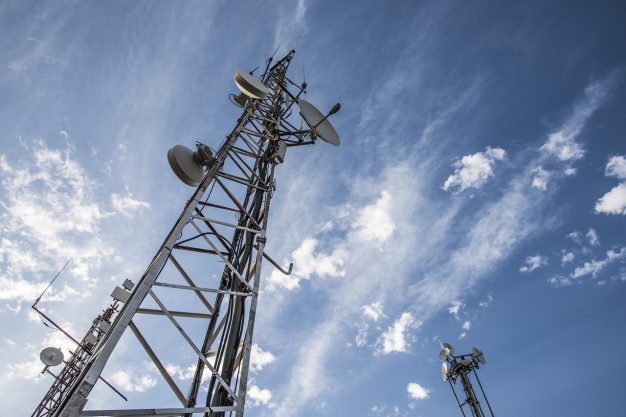
Tools for Towers – Top to Bottom
13th March, 2024
Communication infrastructure is constantly changing, and technicians need their tools to keep pace. From the growth of small cell sites, increasing use of hybrid (copper-fiber)
Most fiber optic cable installation engineers will be able to remember a time they sacrificed excellence for speed. It’s an all too common problem in an industry where performance is monitored in minutes and where job completion can trump job quality. Unfortunately, a willingness to sign off installations that are ‘good enough’ – but where placing, tagging and documenting of cables could be better – is leading to long term issues for cable customers and service providers.
Avoiding operational risk and downtime
High performance digital networks have become a business and consumer essential. They’re simply too important to take a chance on. For large corporations, the technology that connects workforces and data centers across multiple locations enables them to operate safely and efficiently, and provide the services their customers expect. Their cabling will often have a mission-critical function and form part of a complex digital infrastructure. This is particularly true in ‘always on’ sectors like banking and financial services. If their tech infrastructure fails, the downtime they experience will have both financial and reputational impact.
Even end-users who use connected technology in their own homes have a greater reliance on fiber optic cabling than ever before; often expecting faster internet speeds across multiple devices as standard. And it’s not just for home entertainment and leisure use: the Covid-19 pandemic has made working from home more common than ever before, and made us aware of how much people rely on the internet to do their jobs. Well installed cables might not be the first consideration of every displaced office worker, but the disruption to their working day caused by equipment failure will certainly give them cause to complain.
Reliable systems start with good cable installations
A reliable cabling system begins with a high quality installation. At the simplest level that means neatly laid, color coded cables, wrapped with cable ties and placed in cable trays of the right size. It’s vital that trays can properly accommodate the number of cables needed, as overloading trays is a common mistake and can lead to tangled or crushed cables. All cables should be clearly tagged and correctly recorded on routing documentation. The BSI provides guidance on standards and best practice in telecommunications cabling, which all installers should be familiar with. It also provides a kitemark specific to products that separate, secure and protect cables. Installers should aim to always use cable management products that carry the kitemark.
Making cable maintenance easier
When something does go wrong on a cabling system, a high quality installation can make all the difference to repair time and cost. Imagine the frustration of wasting hours locating and untangling badly laid and incorrectly documented cables before a diagnosis of the fault can even take place. Imagine then diagnosing the issue only to have to waste yet more time sorting through abandoned cabling or locating cable termination points before it can be fixed.
Prolonged downtime of essential technology is something that businesses and customers are increasingly unlikely to accept. Cabling network providers should therefore be working hard to eradicate it. Long maintenance and repair times can be often avoided through high quality, well documented cable installations. They simply make it faster and easier to find, diagnose and fix the problem.
By providing exceptional workmanship on every installation project, not only will service providers and their teams improve their reputation, create happy customers and secure more contracts, they will also contribute to raising industry standards as a whole. This is important to improving the image of a profession that is often undervalued despite its essential role.
3 essentials for a high quality cable installation
There are three key things that you need to get right to ensure a high quality cable installation: preparation, training and tools. To ensure the job can be completed quickly, efficiently and safely, it’s essential that cable engineers arrive at their job with the right information and documentation, the right skills and the right tools for the job.
At Ripley Tools, we take world-class tooling very seriously. Our extensive range of cabling tools offers specialized and multipurpose tools that are carefully designed to be lightweight, robust and safe to use. These include Miller® tools for fiber optic cable applications, UtilityTool® products for power utility applications and Cablematic® tools for coaxial cable applications. And when it comes to upskilling your teams, we can offer product training that helps make sure your engineers and technicians know how to use their tools safely and efficiently, via Ripley Labs. Our interactive webinars help them get to grips with our tools and increase their knowledge of various industry techniques.
If this sounds like it could be of benefit to your organization, why not get in touch today? We’d love to hear from you.